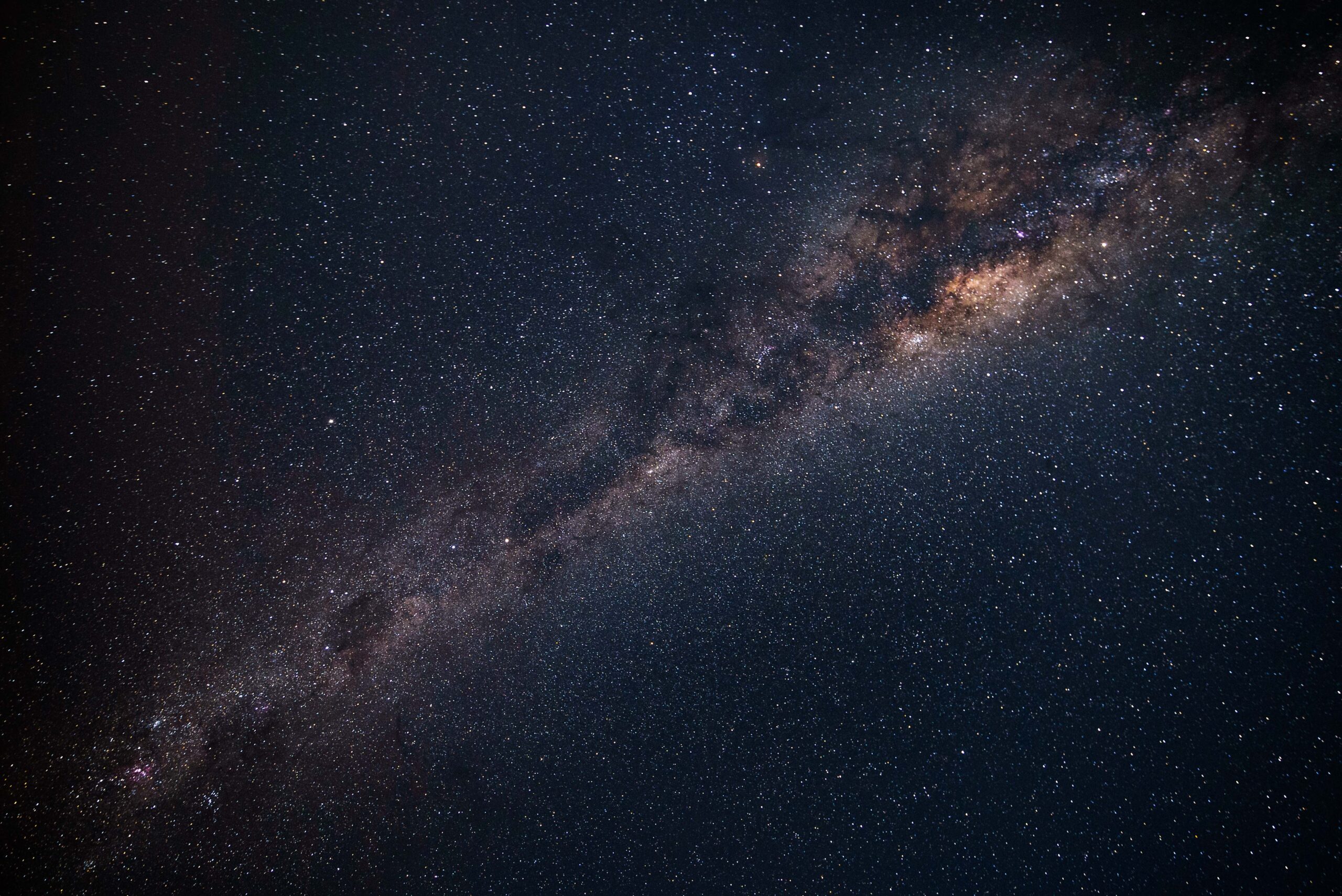
If you’re an avid astronomy enthusiast, you understand the joy of stargazing with your beloved telescope. However, when it comes to storing it properly, questions may arise. How should you protect your telescope when it’s not in use? In this article, we will guide you through the essential steps to ensure your telescope stays safe and ready for your next astronomical adventure. From cleaning and disassembling to selecting an appropriate storage spot, we’ve got you covered. So let’s explore the wonderful world of proper telescope storage together!
Choosing the Right Storage Space
When it comes to storing your telescope, there are a few important considerations to keep in mind. The first is the climate in which you live. Telescopes are delicate instruments, and extremes in temperature and humidity can have a negative impact on their longevity and performance. It’s best to store your telescope in a climate-controlled environment to ensure its safety.
Next, you’ll want to find a clean and dry area for storage. Dust and debris can accumulate on the lenses and mirrors of your telescope, affecting its ability to provide clear images. By storing your telescope in a clean and dry space, you can minimize the risk of dust and debris buildup, ensuring optimal performance.
Lastly, it’s crucial to avoid exposing your telescope to direct sunlight. Sunlight can cause damage to the delicate optics of your telescope, leading to reduced image quality or even permanent damage. When choosing a storage space, make sure it is away from windows or any area where sunlight can reach your telescope.
Cleaning and Maintenance
Regular cleaning and maintenance are essential for keeping your telescope in top condition. By following a few simple steps, you can ensure that your telescope remains in excellent working order for years to come.
Start by removing any dust and debris that may have accumulated on the telescope. Use a soft brush or a can of compressed air to gently remove any particles from the lenses, mirrors, and other components. Be careful not to touch or scratch the surfaces while cleaning.
When cleaning the optics of your telescope, exercise caution and use a gentle touch. Use a lens cleaning solution and a microfiber cloth or a lens cleaning tissue to carefully clean the lenses or mirrors. Avoid using harsh chemicals or rough materials that could cause damage.
While cleaning, take the opportunity to inspect your telescope for any signs of damage. Look for cracks, chips, or scratches on the optics or the body of the telescope. If you notice any issues, it’s best to have them repaired by a professional before storing the telescope.

Disassembling and Packing
Before storing your telescope, it’s important to disassemble it properly and pack it in a way that ensures its safety and protects its delicate components.
Start by removing any eyepieces and accessories from your telescope. Eyepieces are particularly susceptible to damage if left attached while in storage. Store them in a separate case or box designed specifically for eyepieces to prevent any potential damage.
If your telescope has a mount that can be detached, it’s a good idea to separate it before storing. This will help reduce the risk of any damage to the mount or the telescope itself during storage. Secure any loose cables to prevent them from tangling or getting damaged.
Protective Coverings
Using protective coverings is an excellent way to safeguard your telescope from dust, moisture, and other potential sources of damage.
Consider investing in a telescope cover designed specifically for your model. These covers provide a barrier against dust and can help protect the telescope from accidental bumps or scratches. Make sure the cover fits properly and securely.
Dust caps are another essential accessory to consider. These caps can be placed over the open ends of your telescope to prevent dust from settling on the optics. Dust caps are particularly useful when transporting your telescope or storing it for an extended period.
For added protection, you might also want to consider investing in eyepiece cases. These cases provide a secure and organized way to store your eyepieces, protecting them from dust, moisture, and potential damage during storage or transportation.

Safe Transportation
Transporting your telescope requires special care to prevent any damage during the journey. Whether you’re taking your telescope to an observing site or storing it at a different location, following these guidelines will help ensure its safe transportation.
Using padded bags or cases designed for telescopes is highly recommended. These bags or cases provide an extra layer of protection, cushioning your telescope from any bumps or jolts that may occur during transportation. Make sure the bag or case is the correct size for your telescope to prevent any unnecessary movement during transit.
Always handle your telescope with care, especially when moving it from one location to another. Avoid dragging or dropping it, as this can cause significant damage. Instead, carry it using both hands and secure any loose components to prevent them from shifting during transportation.
When placing your telescope in a vehicle, make sure it is secured in a proper position. Use straps or bungee cords to ensure that the telescope remains stable and does not move around during transit. Avoid placing other heavy objects on top of the telescope to prevent any potential damage or collapse.
Long-Term Storage
If you’re planning to store your telescope for an extended period, taking the necessary precautions is crucial to maintain its condition and performance.
Finding a climate-controlled environment for long-term storage is highly recommended. Extreme temperatures, humidity, or fluctuations in environmental conditions can cause significant damage to your telescope over time. A climate-controlled space will help preserve the telescope’s integrity and ensure its longevity.
Consider investing in a specialized telescope case if you anticipate long-term storage. These cases are designed to provide maximum protection for your telescope during storage, safeguarding it from dust, moisture, and other potential sources of damage. Make sure the case is sturdy and well-padded.
To further protect your telescope from excess moisture, consider using silica gel packs. Silica gel absorbs moisture in the surrounding environment, minimizing the risk of condensation or mold growth. Place the packs in the storage case or near the telescope to maintain optimal humidity levels.

Avoiding Common Mistakes
To ensure the longevity and performance of your telescope, it’s essential to avoid some common mistakes in storage.
Storing your telescope in a humid area can be detrimental to its condition. High humidity levels can lead to mold growth, corrosion, or damage to the optics and other delicate components. Always choose a storage space with controlled humidity or use dehumidifiers if necessary.
Direct exposure to temperature extremes, such as leaving your telescope in a hot car or a freezing cold garage, can cause irreparable damage. Extreme heat can warp or melt delicate components, while extreme cold can lead to brittle materials and cracked optics. Always store your telescope in a controlled temperature environment.
Pests, such as insects or rodents, can wreak havoc on your stored telescope. They can chew through cables, build nests inside the telescope, or leave behind droppings that can corrode the optics. Make sure your storage area is clean, secure, and free from any potential pest infestations.
Regular Check-Ups
Regular check-ups allow you to catch any potential issues before they escalate and ensure that your telescope remains in optimal condition.
Inspect your telescope regularly for any dust or debris that may have accumulated on the lenses, mirrors, or other components. Use a soft brush or a can of compressed air to remove any particles gently. Be cautious not to touch or scratch the surfaces while cleaning.
Ensure proper alignment of the optics by checking the collimation regularly. Collimation refers to the alignment of the mirrors or lenses in your telescope, and a misaligned telescope can result in poor image quality. Consult your telescope’s manual for instructions on how to check and adjust the collimation if necessary.
Check for any signs of moisture or condensation. Moisture can damage the optics, so it’s crucial to identify and address any issues promptly. If you notice any signs of moisture, remove the telescope from storage and allow it to dry completely before using it again.
Storage Tips for Different Telescope Types
Different telescope types may require specific storage considerations to ensure their safety and longevity. Here are some tips for storing different telescope types:
Reflecting Telescopes:
For reflecting telescopes, it’s important to check and maintain the alignment of the mirrors regularly. Misalignment can lead to distorted images or decreased performance. Securely cover the open ends of the telescope with dust caps to prevent dust from settling on the mirrors.
Refracting Telescopes:
Refracting telescopes have lenses that are prone to dust accumulation and potential scratches. Cleaning the lenses regularly and using dust caps is crucial to maintain their condition. Consider storing the telescope horizontally, if possible, to minimize stress on the lenses.
Catadioptric Telescopes:
Catadioptric telescopes combine lenses and mirrors and require extra care when storing. Check the alignment of both the lenses and mirrors regularly. Secure lens covers and dust caps over both ends of the telescope to protect the delicate optics from dust, debris, and potential damage.
Utilizing Telescope Accessories
Telescope accessories, such as eyepieces, filters, tripods, and mounts, also require proper storage to maintain their performance and longevity.
Storage for Eyepieces and Filters:
Eyepieces and filters should be stored in separate cases designed specifically for them. These cases typically have foam inserts with individual compartments to prevent any damage or scratching. Store them in a clean and dry area to avoid dust and debris accumulation.
Storing Tripods and Mounts:
Tripods and mounts should be stored in a secure and stable position. If possible, disassemble and place them in a separate bag or case to prevent any potential damage. Make sure all screws and connections are tightened properly to avoid any instability during storage.
Caring for Motorized Components:
If your telescope has motorized components, such as GoTo systems or tracking mounts, take extra care to protect them during storage. Remove any batteries to prevent corrosion and store them separately to avoid accidental discharge. Follow the manufacturer’s instructions for proper storage and maintenance of motorized components.
By following these storage tips and taking proper care of your telescope and its accessories, you can ensure its longevity and enjoy clear and breathtaking views of the night sky for years to come. Remember, a little effort in storing and maintaining your telescope goes a long way in preserving its performance and protecting your investment. Happy stargazing!








